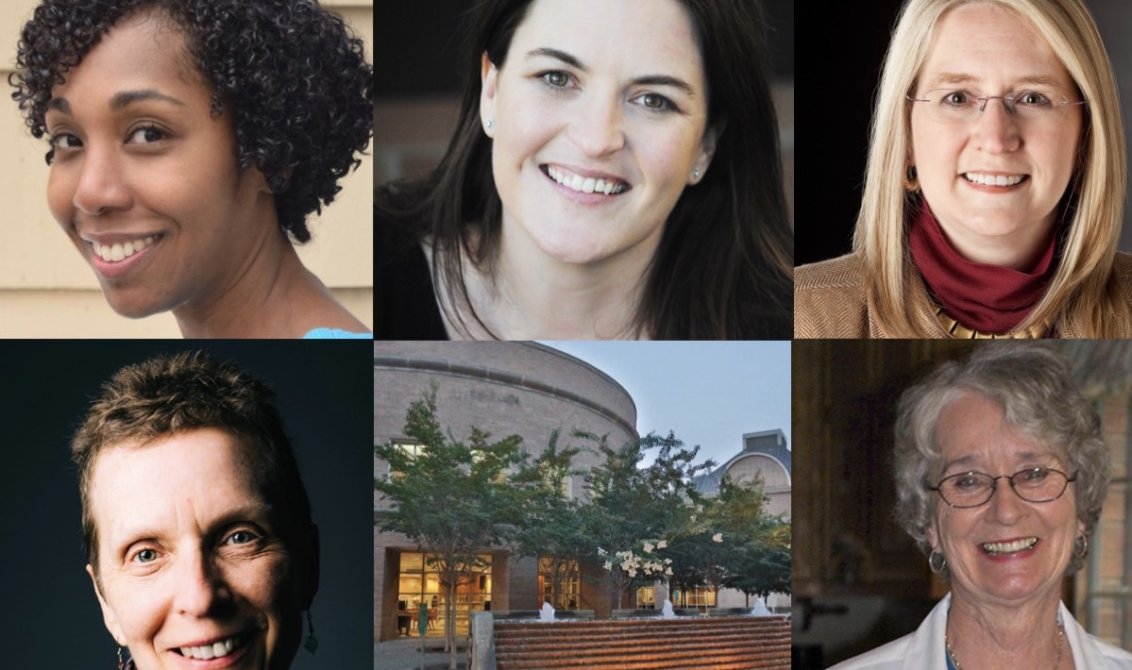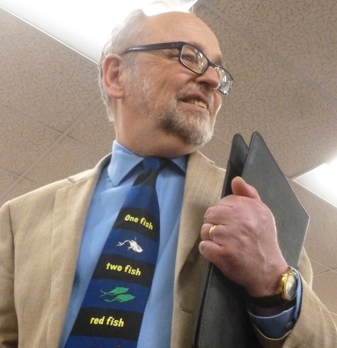 By Mark West
By Mark West
July 23, 2019 (Updated)
There was a time when The Charlotte Observer employed full-time book review editors, and one of these editors wrote an occasional column titled “Local Literati.” The column included news about recent publications and book signings by Charlotte authors. Nowadays, the short book review section that appears in the Sunday paper is actually produced by the Raleigh-based News & Observer. The sad fact that local authors no longer get much news coverage does not mean that the Charlotte literary scene is drying up– far from it. Charlotte is now home to scores of successful authors, including novelists, poets, essayists, nonfiction writers, and children’s authors. In an effort to draw attention to the literary side of Charlotte culture, CLTure is launching a series of features about local authors. This first installment provides a sampling of five Charlotte authors. Like a box of assorted chocolates, this sampling is all about variety.
Patrice Gopo
As is the case for many residents of the Queen City, Patrice Gopo did not grow up in Charlotte, but her road to Charlotte is far from typical. The child of Jamaican immigrants, Gopo grew up in Anchorage, Alaska. During her early adult years, she spent time in South Africa before moving to Charlotte about ten years ago. Gopo draws on her unique background in her rich and highly personal essays. She addresses such topics as race, immigration and religion, but she relates these topics to events and people from her life. Her essays have appeared in numerous national publications, including The New York Times and The Washington Post. A collection recently came out under the title All the Colors We Will See: Reflections on Barriers, Brokenness, and Finding Our Way.

Gail Z. Martin
One of Charlotte’s more prolific authors, Gail Z. Martin is known for her fantasy adventure novels. She has published more than 30 novels and short story collections, not counting the ten or so novels that she has co-written with her husband, Larry Martin. Gail’s first big success came in 2007 with the publication of The Summoner, the first of the four novels in the Chronicles of the Necromancer series. This series is set in the pre-industrial Winter Kingdoms where royal conflict, sorcery, and political intrigue abound. She has since published in the areas of urban fantasy, steampunk, and horror. One of her most recent novels is Convicts and Exiles, which came out this year (part of the Blaine McFadden Adventure series), this fantasy novel takes place in an arctic prison where the central character is banished and must struggle to survive. As is the case with Martin’s most of her fantasy novels, Convicts and Exiles takes readers to an alternative but fully developed world.
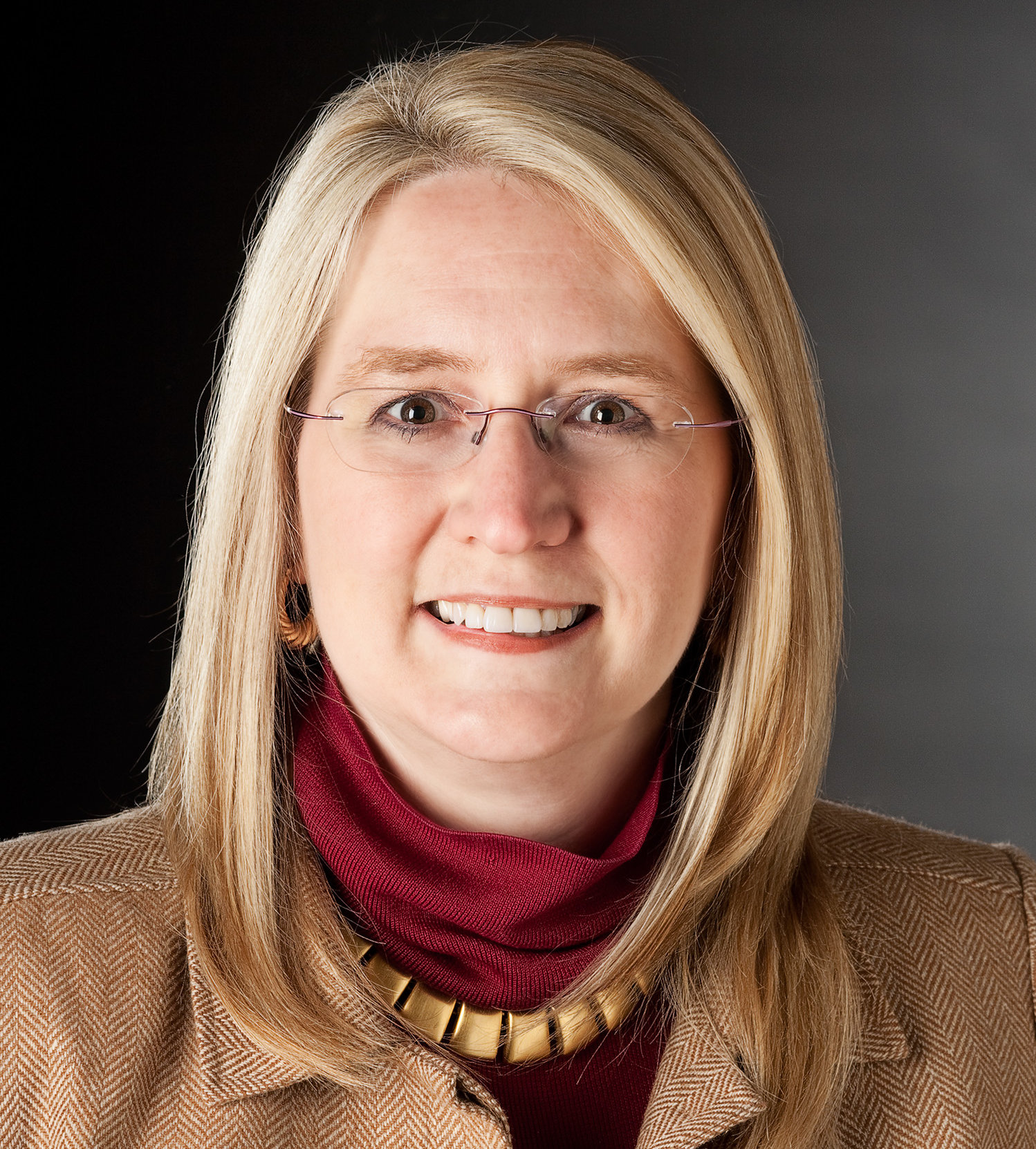
Paula Martinac
Paula Martinac sets her novels in the world as we know it, but she shares with readers a side of our world that is often given short shrift in mainstream fiction. Martinac’s novels focus on characters who are immersed in America’s lesbian and gay culture. Her first novel, Out of Time, won the 1990 Lambda Literary Award for Lesbian Fiction. Her two most recent novels both relate to North Carolina. The Ada Decades, which came out in 2017, is set in Charlotte between the years of 1947 and 2015. It tells the story of the evolving relationship between Ada Shook, a school librarian, and Cam Lively, a teacher in the Charlotte public schools. In the process, it also deals with the history of prejudice in Charlotte. Martinac’s latest is Clio’s Rising. Published this year, Clio’s Rising is about a young woman named Livvie Bliss who leaves her home in North Carolina and moves to New York in 1983 to start her career in publishing. She is also motivated to move because she feels that she can live openly as a lesbian in New York. She ends up working as an assistant for an elderly writer named Clio Hart, and these two women discover that they share Carolina connections. The story is about their relationship, but it’s also a story about the history of literary circles.

Carrie Ryan
Carrie Ryan is one of Charlotte’s bestselling authors of books for young adults. She burst on the literary scene in 2009 with the publication of The Forest of Hands and Teeth, a post-apocalyptic novel complete with zombies. Often compared to the Hunger Games series, The Forest of Hands and Teeth became a New York Times best-seller and established Ryan as a force to be reckoned with in the world of young adult literature. She has gone on to write a variety of YA books, not all of which are works of fantasy. For example, her 2015 YA novel, Daughter of Deep Silence, is marketed as a revenge thriller. As Ryan puts it, “I write books about magic, zombies, revenge, and romance. But not all at once.”
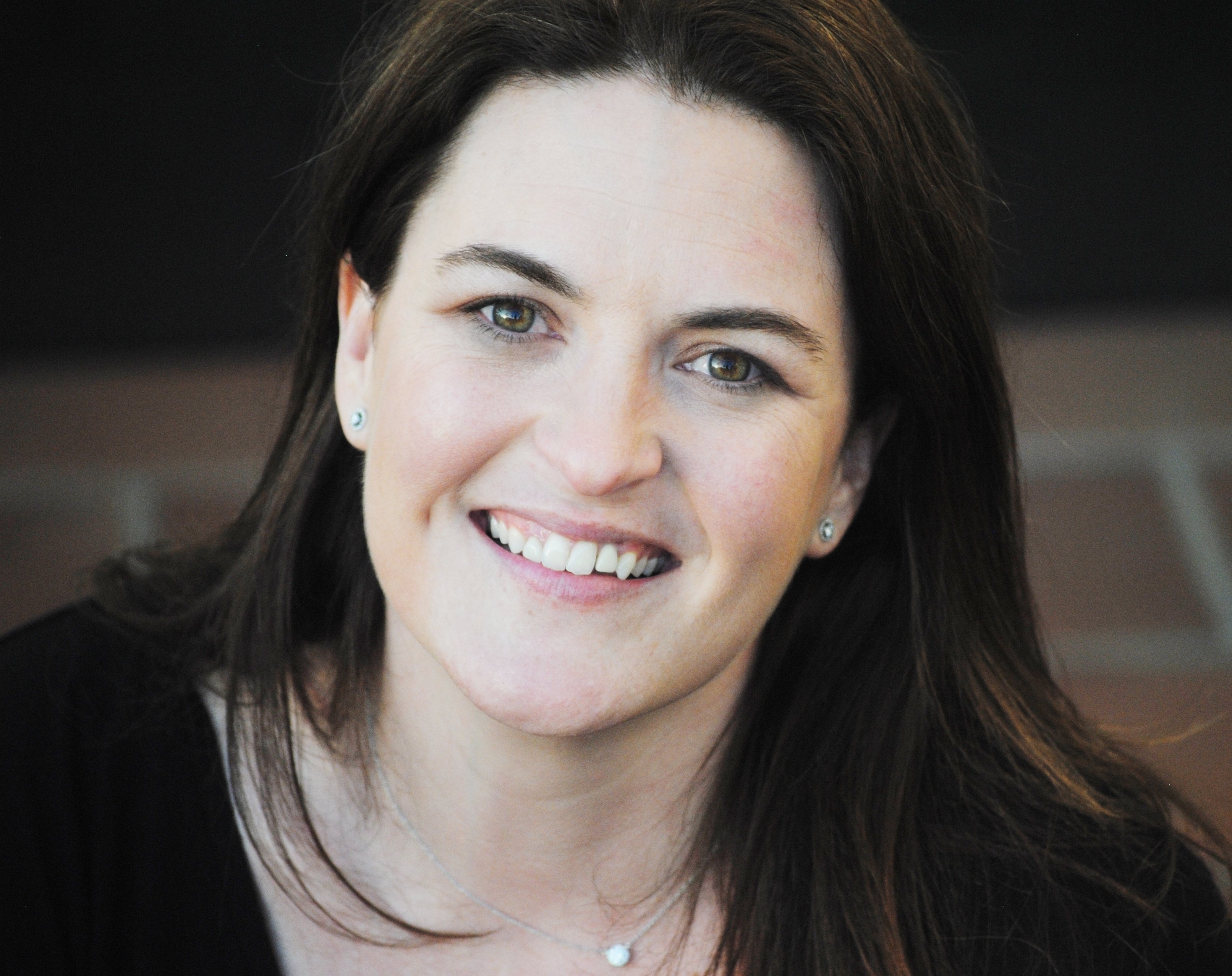
Mary Norton Kratt
Mary Norton Kratt also has a deep interest in history. She has published numerous books about the history of Charlotte, including Charlotte: Spirit of the New South and Charlotte, North Carolina: A Brief History. Kratt has a particular interest in the roles that women have played in local history, and this interest is reflected in her book New South Women: Twentieth Century Women of Charlotte, North Carolina. In addition to writing nonfiction books about history, Kratt is also a poet. Her most recent poetry collection is Watch Where You Walk, which came out in 2015. Many of the poems in this collection are about the lives of women from girlhood to old age. One of the poems, for example, is about Kratt’s elderly mother. Titled “Field Trip from Assisted Living,” the poem ends with her mother proclaiming, “Honey, I am on a mystery ride.” For Kratt, poetry provides her with a medium to reflect on the mystery of life.
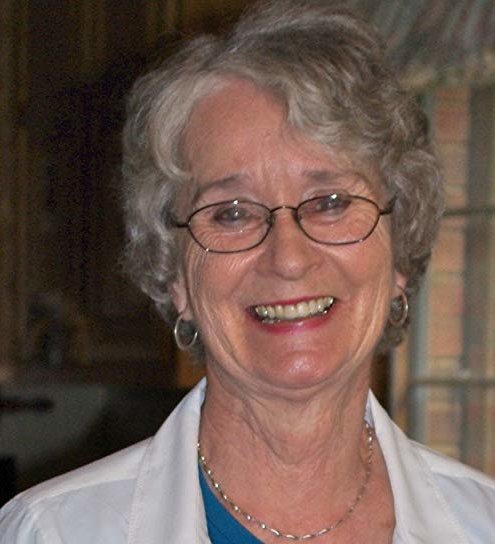
As this small sampling demonstrates, Charlotte has a vibrant and diverse literary community. Actually, it’s more like a series of interconnected communities. Charlotte’s authors do not all know each other or travel in the same social circles, but they are all supporters of the public library and our local bookstores. They often do book signings at local venues and make appearances at area literary festivals and conventions. In a variety of ways, they all contribute to the cultural vitality of our city.
Read next:
